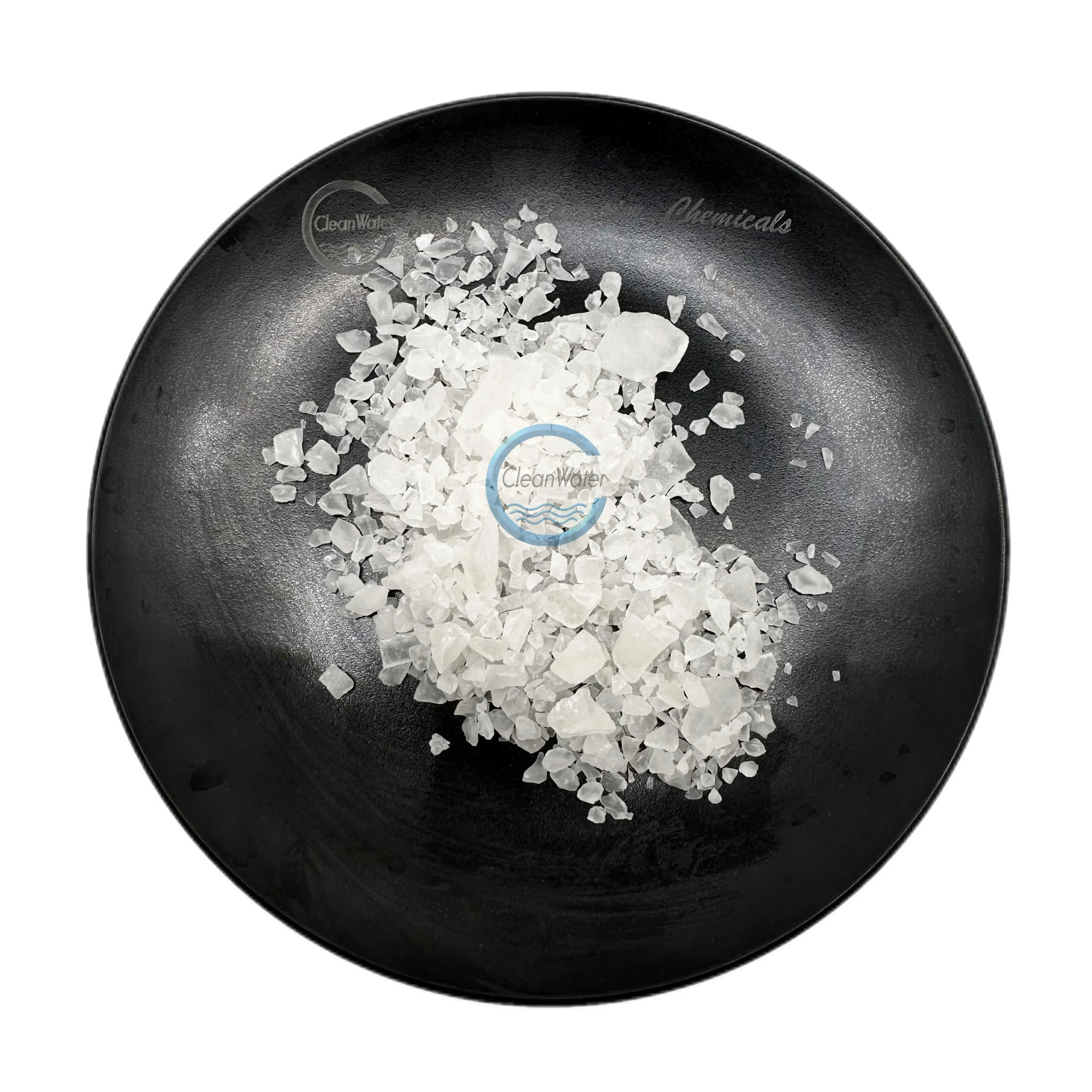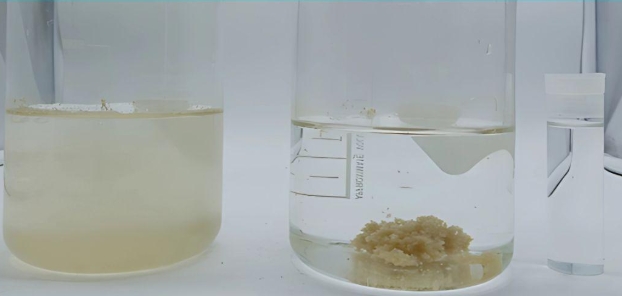1. The Dilemma of Defluoridation Agents at Low Temperatures

Ms. Zhang, the kitchen lady, once complained, "I always have to use two extra bottles of defluoridation agent in winter for it to be effective." This is due to the physical laws of temperature affecting molecular motion: when water temperatures fall below 15°C, the active ingredients in defluoridation agents react like frozen dancers, their reaction rate plummeting. Records from a mountain water plant show that to meet the national fluoride content standard at 5°C, the agent dosage must increase by 40%, and the reaction time extends from 30 minutes at room temperature to over two hours.
2. The Golden Temperature Zone: The Magic Range of 20-35°C
In a water purification plant, engineers discovered that 25°C is the defluoridation agent's "comfort zone." At this temperature, the aluminum salt complex in the agent acts like a precise fishing hook, quickly capturing fluoride ions in the water. Laboratory comparisons showed that at 25°C, the defluoridation efficiency reached 92%. While this increased to 95% at 35°C, agent consumption increased by 15%, suggesting a balance between "too much and too little."
3. High Temperature Paradox: Risk of Ineffectiveness Above 40°C
Last summer, water tank temperatures in a community soared to 42°C, prompting residents to complain that the defluoridator was like "ineffective saccharin." This is because high temperatures cause the agent to decompose prematurely, killing the active ingredients before they even come into contact with fluoride ions. More problematically, high temperatures alter the ion structure in the water, making some fluoride compounds more difficult to capture, creating a "high-temperature shield" effect.

4. Smart Temperature Control for All Seasons
1). Winter Strategy: Water plants use preheating devices to stabilize the raw water temperature above 18°C. Combined with a high-molecular-weight defluoridator, this can save 30% on chemical costs.
2). Summer Countermeasures: Adjust dosing times during the afternoon heat window and utilize the cooler nighttime water temperatures for treatment.
3). Home Tip: Avoid direct sunlight when installing the water purifier, and soaking the defluoridator cartridge in warm water can improve household water treatment efficiency.
5. Future Temperature Intelligence
A technology company is developing a "temperature-sensitive defluoridator" whose molecular structure automatically adjusts its activity based on water temperature, maintaining optimal operation much like a smart air conditioner. This material can maintain an efficiency of over 85% within the range of 10-40°C, and may end the history of "depending on the weather to add drugs".
Post time: Aug-20-2025

